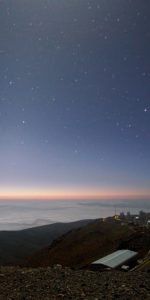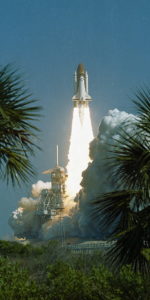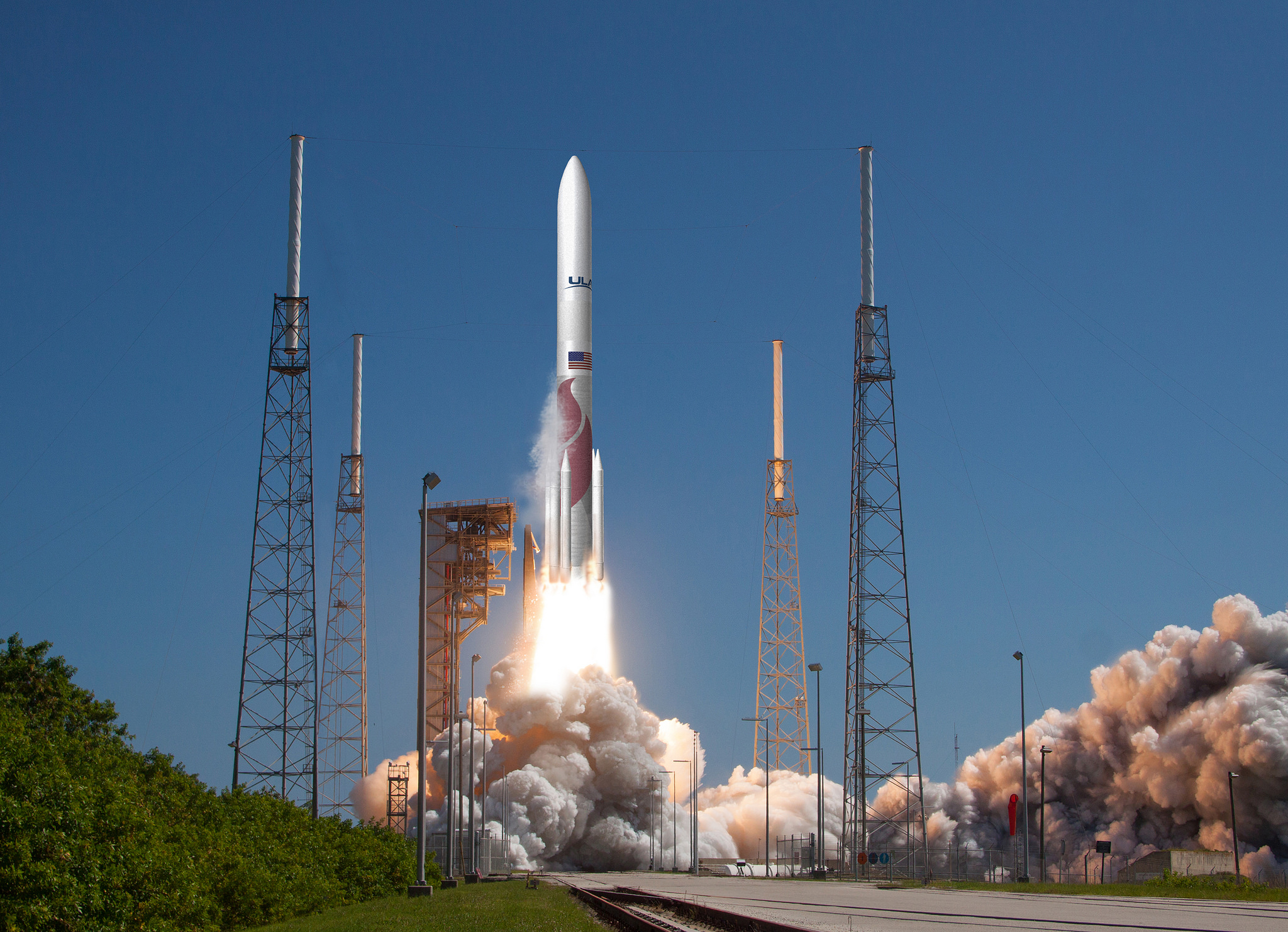
United Launch Alliance (ULA) and SpaceX will deliver four major National Security Space Launch (NSSL) missions to orbit during Fiscal Year 2023 on behalf of the U.S. Space Force and the National Reconnaissance Office. Contracts totaling $385 million were announced by the Space and Missile Systems Center (SMC) at Los Angeles Air Force Base in El Segundo, Calif., on Tuesday. They bring the total number of dedicated USSF and NROL missions slated to ride atop the Delta IV Heavy, the Atlas V, the Falcon 9 or Falcon Heavy and the as-yet-unflown Vulcan-Centaur in the next few years to 18.
The awards, announced earlier this week, form part of the NSSL Phase 2 Launch Service Procurement Contract. They call for the Vulcan-Centaur to lift the USSF-112 and USSF-87 payloads in the third and fourth quarters of Fiscal Year 2023, in a task order valued at $225 million for basic launch services and mission integration. These represent the third and fourth classified payloads—following on the heels of USSF-51 and USSF-106, targeted for February and June 2022—assigned to the Vulcan-Centaur.
Meanwhile, in contracts worth $160 million, SpaceX will launch USSF-36 and NROL-69 in the second and fourth quarters of Fiscal Year 2023, respectively. In this award, the USSF-36 payload will include basic launch services and mission integration, but only basic launch services for NROL-69, with the National Reconnaissance Office expected to separately fund its own mission integration.
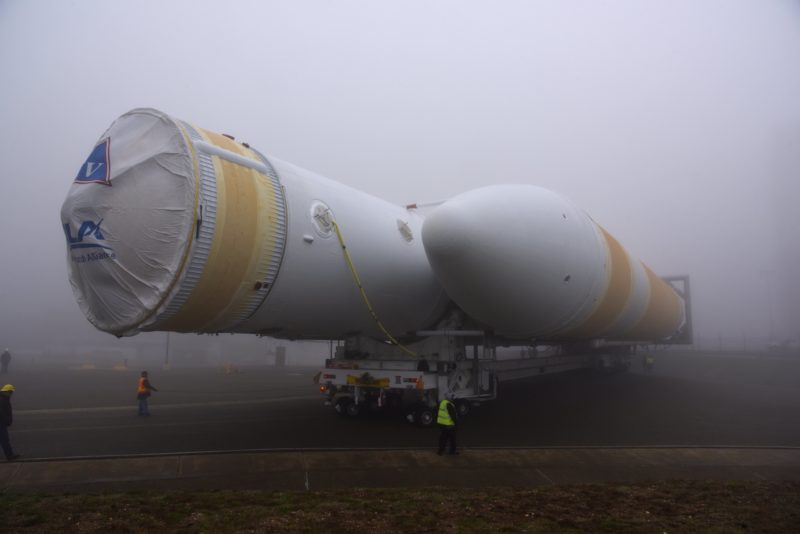
Last summer, the Space Force awarded ULA a firm, fixed-price, indefinite-delivery contract to launch 60 percent of all NSSL missions on its Phase 2 Launch Service Procurement, representing already-ordered flights through Fiscal Year 2024 as well as further launches through Fiscal Year 2027.
Meanwhile, SpaceX will receive the other 40-percent share, according to Dr. William Roper, assistant secretary of the Air Force for acquisition, technology and logistics, in comments quoted in August 2020 by Ars Technica. “The ability to meet our technical factors to do the mission is the most important thing,” said Dr. Roper, with additional factors including past performance, the ability to work with small businesses and total evaluated cost.
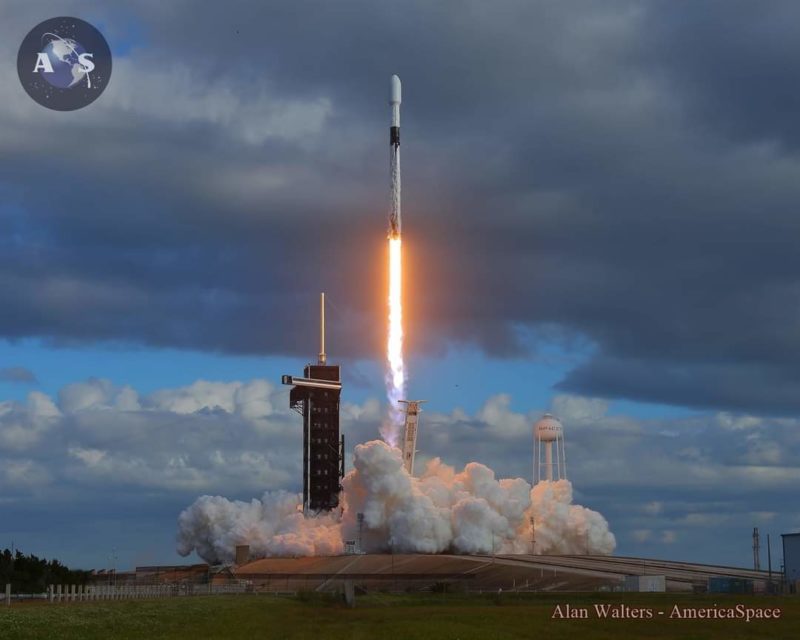
Both ULA and SpaceX vehicles must meet nine key “reference orbits” required by the military. These cover an altitude range from low-Earth orbit at 575 miles (925 km) to Geostationary Earth Orbit (GEO) at 22,236 miles (35,786 km) and also include polar orbits, Medium Earth Orbits (MEO) and highly elliptical, high-latitude “Molniya” orbits. Total payload masses for these reference orbits reportedly range from 5,000 pounds (2,268 kg) to 37,500 pounds (17,000 kg).
“Today, we are making it possible for our National Security Space team to accomplish our mission of providing on-orbit space capability to the warfighter,” said Col. Robert Bongiovi, director of SMC’s Launch Enterprise, following this week’s awards.
“The National Security Space Launch Phase 2 Launch Service Procurement Contracts provide our customers affordability, flexibility and extremely high reliability. This is the second order of the five-year Phase 2 ordering period. We are very pleased with the flexibility offered by our Phase 2 providers to make the best launch choices and adjustments as we proceed.”
Having launched 30 NRO missions between June 2007 and last December, ULA has just a handful of payloads anchored to its soon-to-be-retired Delta IV Heavy fleet in the coming years. Starting with this spring’s NROL-82 flight—whose triple Common Booster Cores (CBCs) were recently integrated and transferred to the pad at Vandenberg Air Force Base, Calif.—there are four Delta IV Heavy launches planned in the 2023-2024 timeframe.
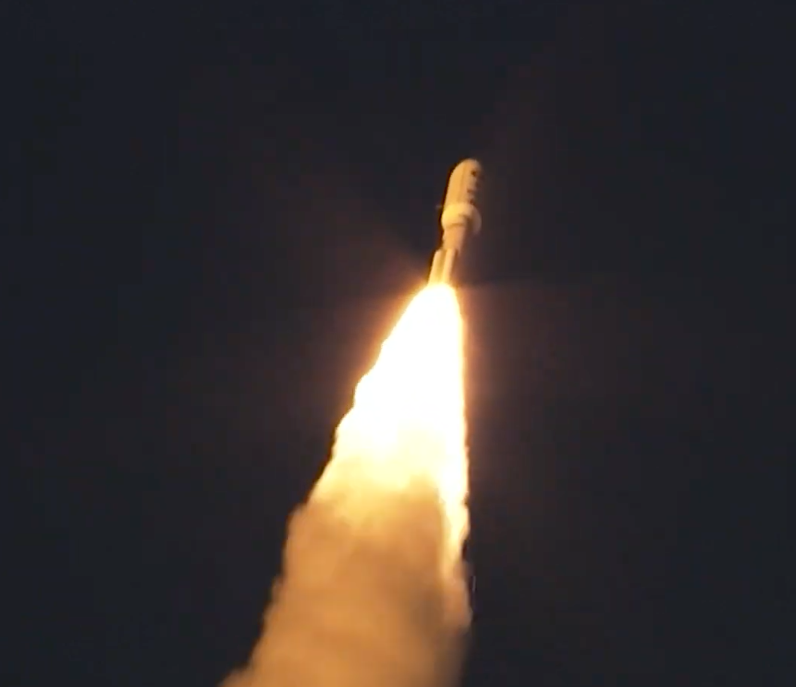
Added to that list, ULA’s venerable Atlas V has two USSF payloads and the highly secretive NROL-107 “Silent Barker” on its books between April 2021 and March 2022.
But the bulk of ULA operations in the coming half-decade, unsurprisingly, will revolve around its Vulcan-Centaur heavylifter, which is due to make its maiden voyage later this year. The new booster’s role in supporting military missions became apparent from the outset and in September 2016 ULA and the SMC signed a Co-operative Research and Development Agreement (CRADA) to begin the formal certification process.
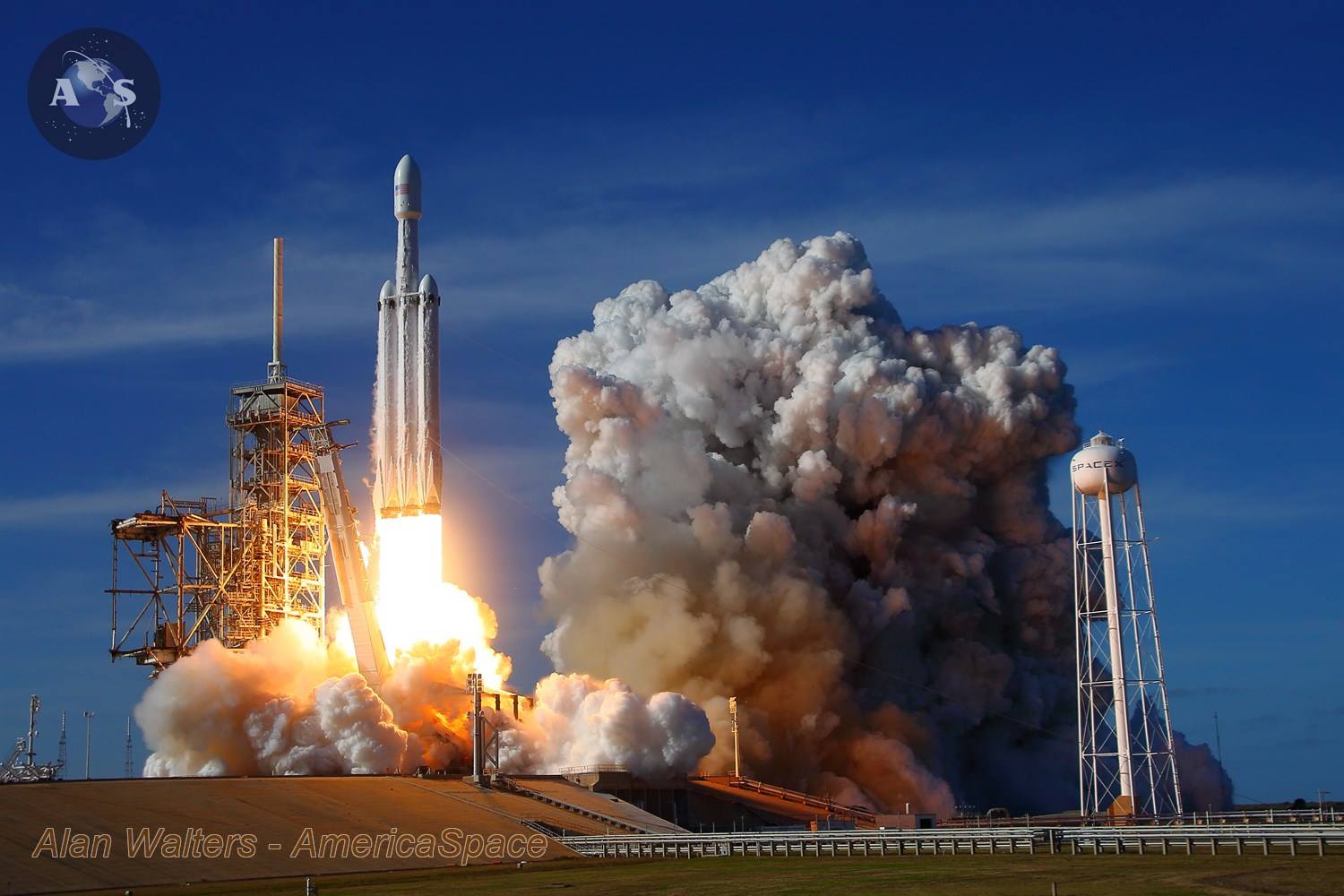
Last August, ULA was awarded a $337 million contract to deliver the USSF-51 and USSF-106 payloads to orbit atop Vulcan-Centaur launches now planned for early-mid 2022. This week’s announcement of the USSF-112 and USSF-87 missions brings the total number of NSSL payloads assigned to ULA’s new booster to four.
Between May 2017 and last December, SpaceX has launched four national security payloads and including this week’s USSF-36 and NROL-69 contract now has seven missions on its books through the middle of the decade. In February 2019, the organization was awarded $297 million to launch the USSF-44 and NROL-85 and NROL-87 payloads, all of which will fly later this year. And in June 2018, it also won $130 million to deliver USSF-52 to orbit on a mission also targeted to launch this coming fall. Last summer, it also received the $316 million USSF-67 contract, which will fly in the third quarter of 2022.




